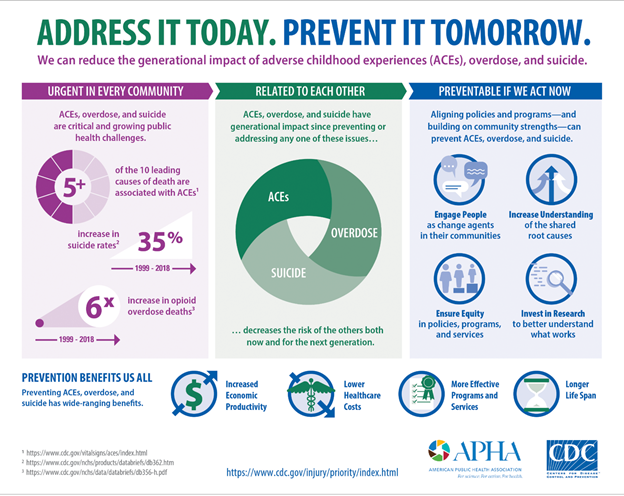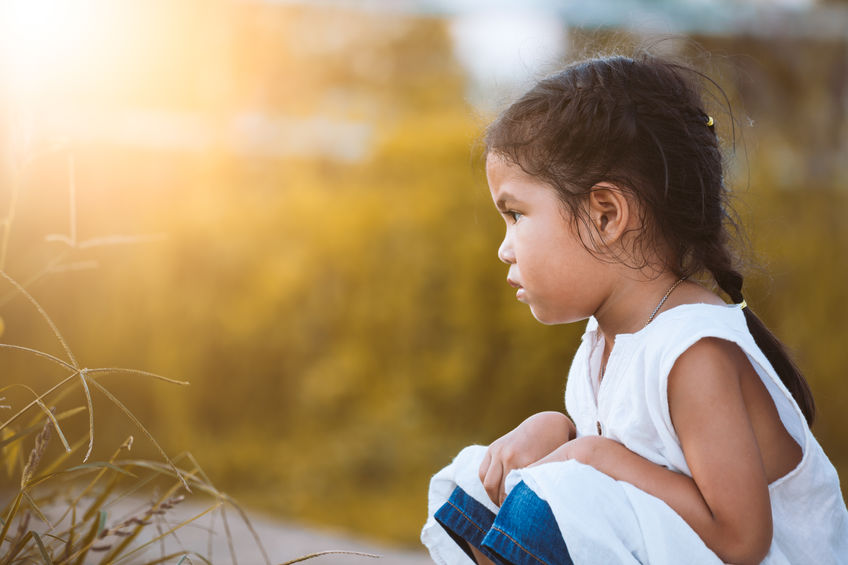What do you know about ACEs? ACEs is a term gaining popularity as a way to identify and explain childhood trauma. A child who experiences physical and/or psychological abuse, neglect, violence, drug and alcohol abuse in the home, the suicide loss of a parent or friend, or other traumatic events is likely to struggle as an adult.
Some Adverse Childhood Experiences (ACEs) are part of life for many people, and most can lead happy, productive lives in spite of them. However, a person who has three or more ACEs is at higher risk for suicide. Researchers are learning more about how ACEs affect child development and lead to chronic illnesses in adulthood, repeating as generational patterns over time.
As you can imagine, trauma doesn’t go away by itself. So it’s not surprising that it can lead to drug addiction as a way to dull the pain. Ultimately, suicide might seem like the only option for relief from suffering.
The connection between ACEs, overdose, and suicide has led researchers to seek solutions. The CDC recently published its plan for preventing all three issues.
- Creating messaging to inform the public about the connection between ACEs, overdose, and suicide.
- Engaging people as champions for prevention and agents for change in their communities.
- Using a comprehensive public health approach to prevention.
- Investing in research and evaluation to prevent ACEs, opioid overdose, and suicide.
If you are motivated to become a champion for prevention, share this infographic to inform others.

 A
Culture of Caring: A Suicide Prevention Guide for Schools (K-12) was
created as a resource for educators who want to know how to get started and
what steps to take to create a suicide prevention plan that will work for their
schools and districts. It is written from my perspective as a school principal
and survivor of suicide loss, not an expert in psychology or counseling. I hope
that any teacher, school counselor, psychologist, principal, or district
administrator can pick up this book, flip to a chapter, and easily find helpful
answers to the questions they are likely to have about what schools can do to
prevent suicide.
A
Culture of Caring: A Suicide Prevention Guide for Schools (K-12) was
created as a resource for educators who want to know how to get started and
what steps to take to create a suicide prevention plan that will work for their
schools and districts. It is written from my perspective as a school principal
and survivor of suicide loss, not an expert in psychology or counseling. I hope
that any teacher, school counselor, psychologist, principal, or district
administrator can pick up this book, flip to a chapter, and easily find helpful
answers to the questions they are likely to have about what schools can do to
prevent suicide.


